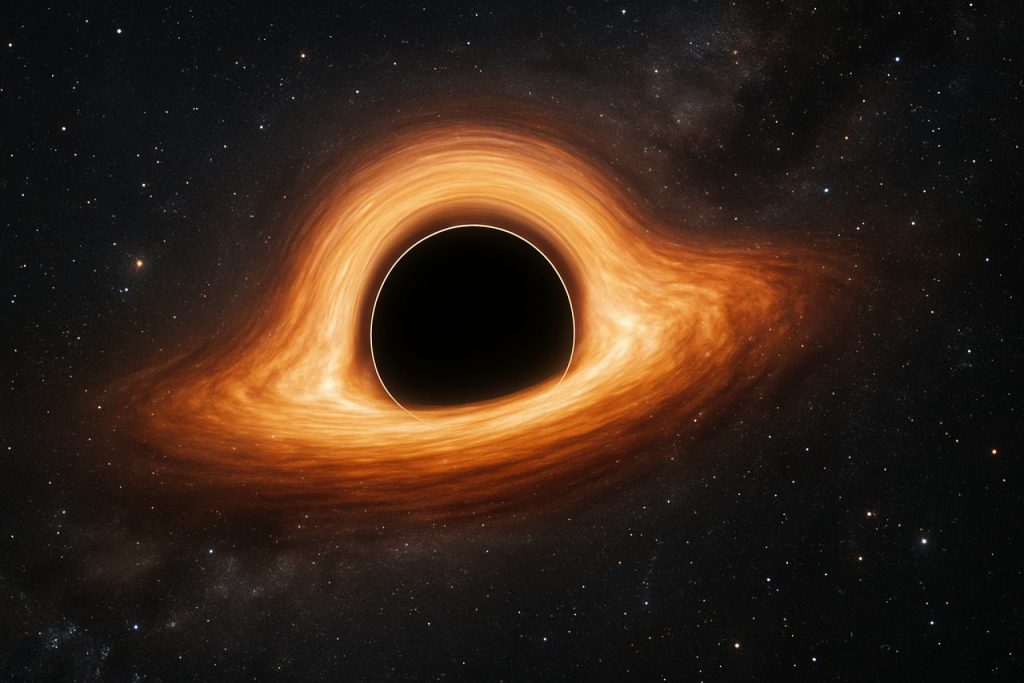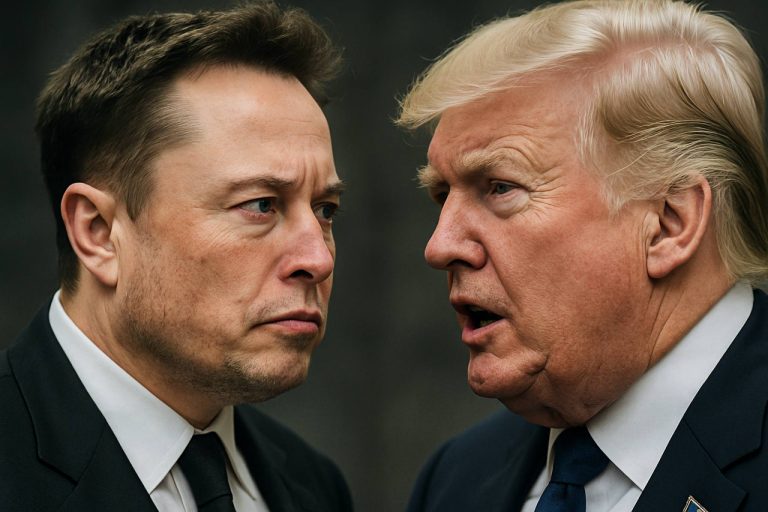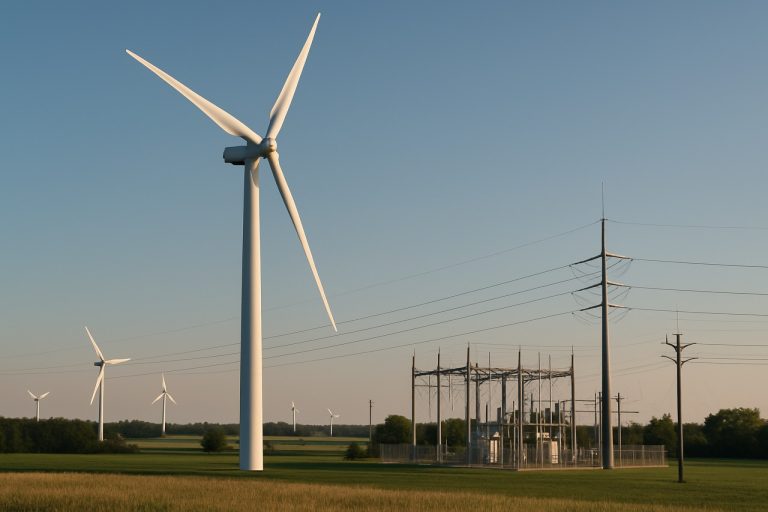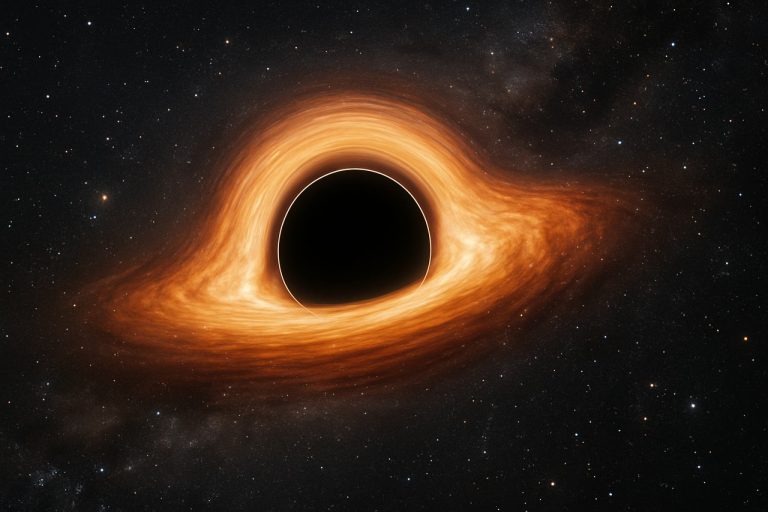
Could Our Universe Have Sprung from a Black Hole? Scientists Challenge Big Bang with Revolutionary Theory
Stunning new research claims our universe was born from a black hole’s cosmic bounce, challenging classic Big Bang ideas for 2025.
- Standard Model: The Big Bang singularity has long been the prevailing theory.
- New Proposal: Universe may have ‘bounced’ out of a collapsing black hole, not exploded from nothingness.
- Published: Findings detailed in Physical Review D, 2025.
- Testable Predictions: Universe may have detectable curvature; possible clues via ESA’s Euclid mission.
A revolutionary new study has sent shockwaves through the physics community. Instead of erupting from the traditional Big Bang, scientists now propose that our universe was born inside a gigantic black hole—emerging not from an explosion, but from a cosmic ‘bounce’ after an epic collapse.
Published in a leading science journal, this daring research breaks away from the standard cosmological model, upending decades of thinking and sparking global debate among researchers and space enthusiasts. If proven, this ‘black hole universe’ model could answer some of astronomy’s most puzzling mysteries and rewrite textbooks by 2025.
What’s Wrong With the Big Bang? A Closer Look
For decades, the Big Bang theory has served as the bedrock of modern cosmology. According to this idea, the universe began as an unimaginably small, dense point—known as a singularity—then rapidly expanded, stretching the fabric of space itself.
But critics have long pointed out uncomfortable gaps in this theory. The Big Bang’s singularity defies the known laws of physics. Concepts like cosmic inflation and dark energy—used to explain the universe’s current shape and acceleration—are mysterious, lacking direct evidence.
As highlighted by experts on NASA and ESA, these unresolved issues have fueled the search for alternative explanations.
How Does the “Black Hole Universe” Model Work?
Picture this: Instead of everything popping into existence from nothing, the universe began with a monumental collapse—a dense mass crushed by gravity, echoing the process that forms black holes inside dying stars.
But, according to Enrique Gaztanaga and colleagues, quantum effects prevent gravity from compressing matter to an infinite singularity. Instead, at the brink, matter rebounds in a dynamic “bounce,” unleashing a new universe inside an immense black hole—no singularities required.
This quantum bounce naturally leads to a brief period of wild expansion, mimicking cosmic inflation. It also accounts for forces that cosmologists attribute to dark energy, only without invoking unobservable mysteries.
What New Clues Could This Model Reveal?
This daring framework stands out by predicting our universe should have a slight, measurable curvature—unlike the perfectly flat cosmos the Big Bang model expects.
European scientists with ESA’s Euclid Mission are already gathering data that could confirm or refute this curvature. If their findings align, Gaztanaga’s model might soon move from radical theory to scientific breakthrough.
The theory even hints at solutions to other cosmic riddles, such as the origins of supermassive black holes and the nature of dark matter—a field explored by researchers at CERN.
Is Our Universe Inside a Larger “Parent” Universe?
Perhaps the most mind-bending aspect: if our universe is the interior of a black hole, it could exist within a broader “parent” cosmos. This cosmic nesting doll idea suggests a universe that recycles itself through bounces and collapses—a never-ending cosmic cycle, not a singular beginning.
How Can We Test This Black Hole Universe Theory?
- Look for signs of gentle curvature in the universe’s structure with missions like ESA’s Euclid.
- Study early-universe signals in cosmic background radiation for patterns incompatible with singularity-based models.
- Hunt for connections between black holes, dark matter, and the universe’s large-scale structure using advanced telescopes.
Ready for the Biggest Cosmic Plot Twist Yet?
Prepare for 2025 to be a landmark year in our quest to understand the cosmos. Stay tuned for more breakthroughs, and keep an eye on major agencies like NASA and ESA for updates.
Checklist: Could the Universe Have Come from a Black Hole?
- Understand the Big Bang’s key limitations and mysteries
- Explore new models like the black hole bounce theory
- Watch for evidence from ongoing and upcoming space missions
- Stay curious and question the origin stories of the universe
The universe’s true origin story may be far stranger—and more spectacular—than we ever imagined.



